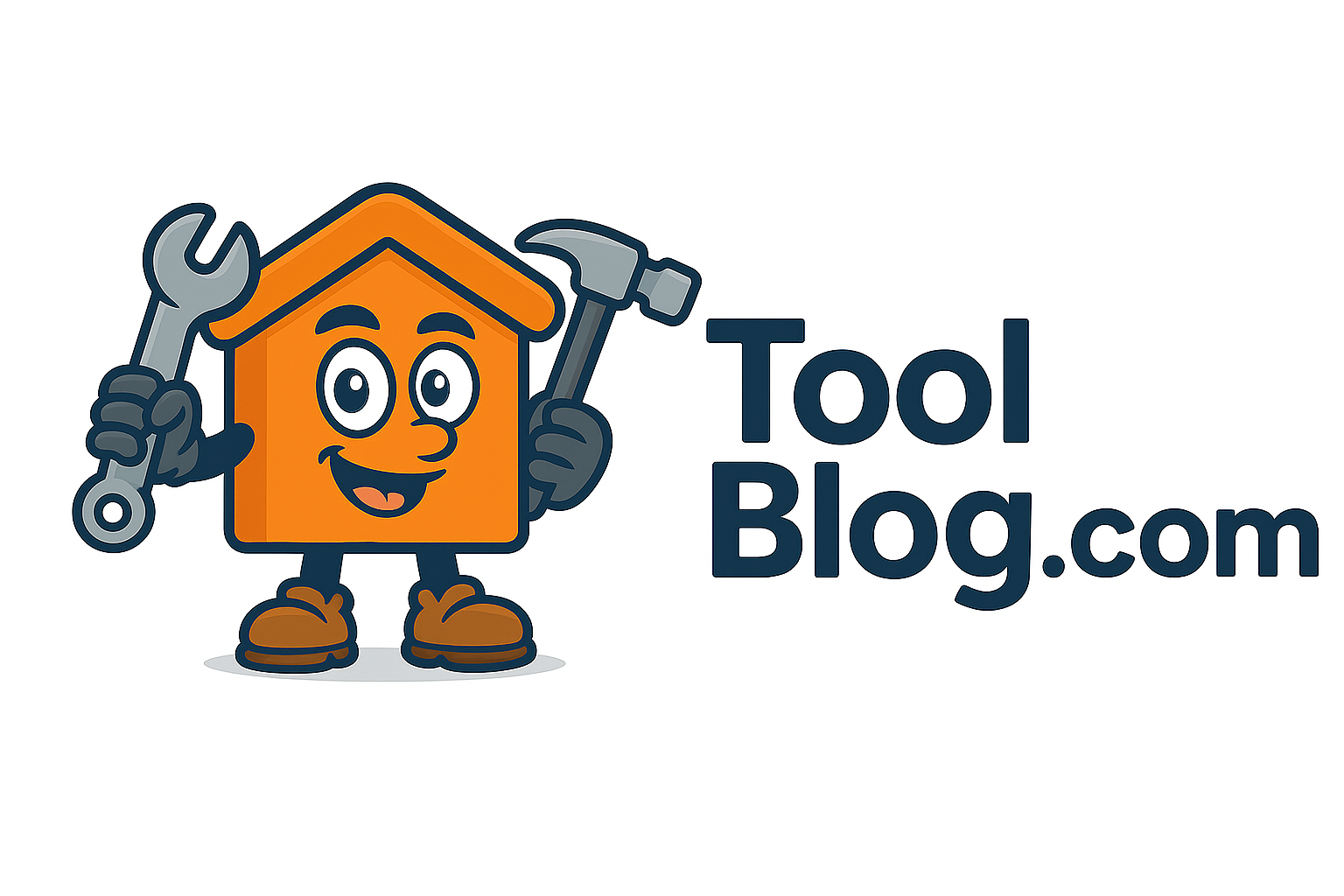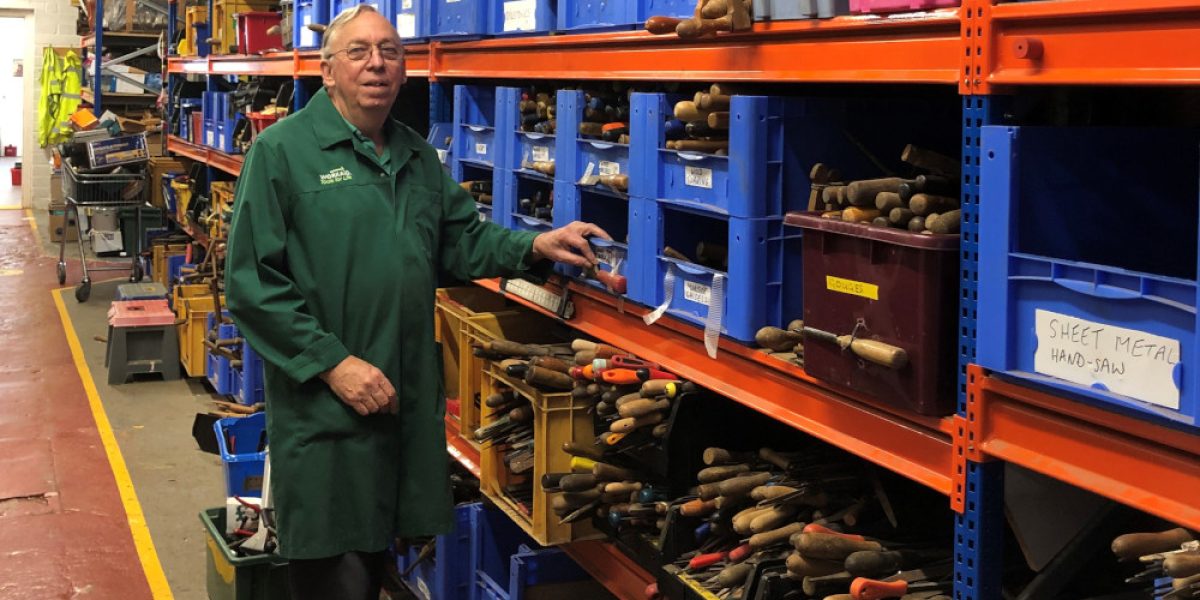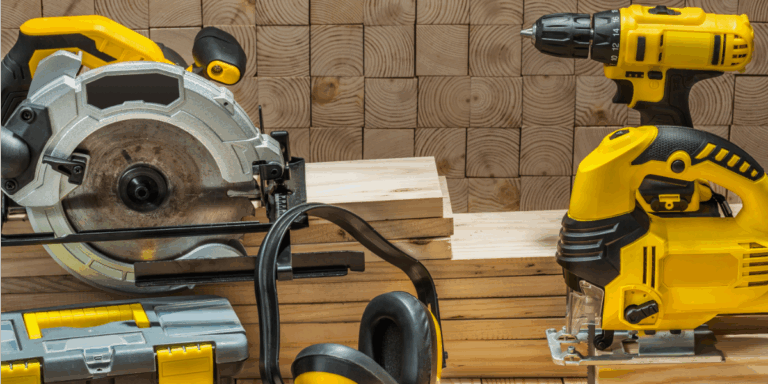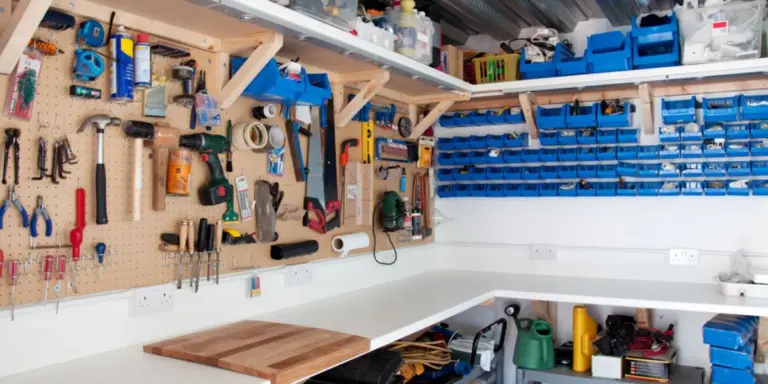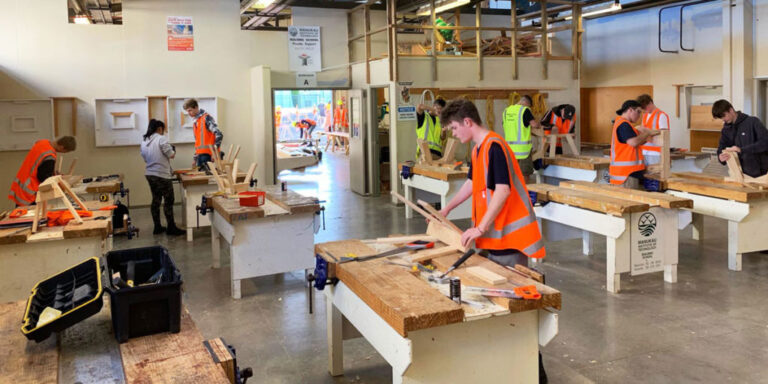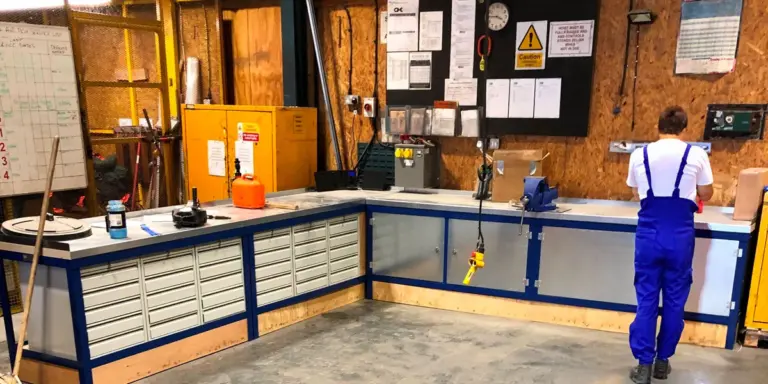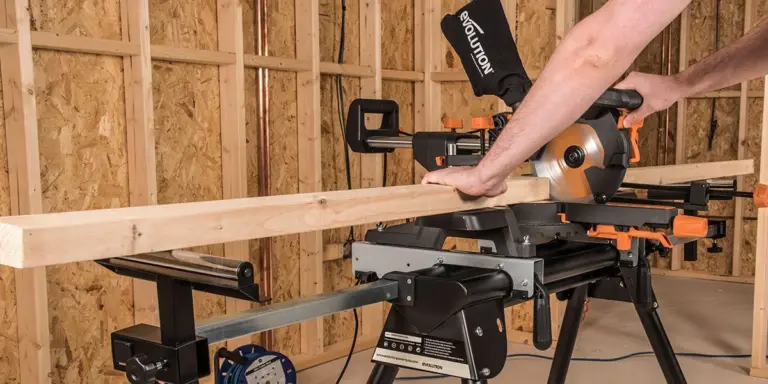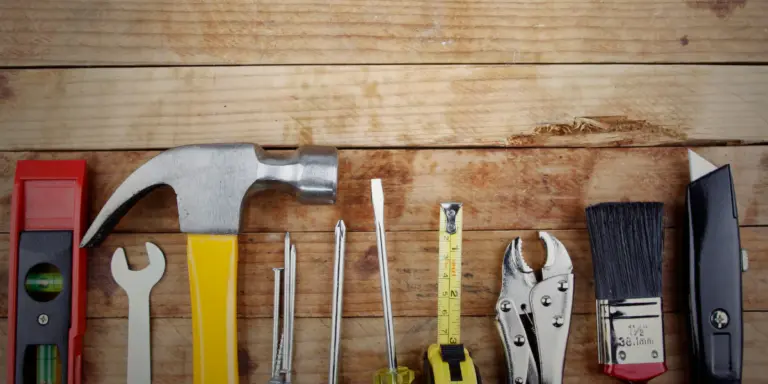Safety Gear Checklist for Home Repairs
Home repairs have become a part of my lifestyle. Whether I’m fixing a leaky pipe, patching drywall, rewiring a light fixture, or installing new shelving, I always aim to be prepared—not just with tools, but with proper protection. Having a solid safety gear checklist for home repairs isn’t just a good habit, it’s a necessity. It ensures that every project I start, no matter how small, is done safely from beginning to end.
There’s often a rush to get straight into the action: grabbing the drill, climbing the ladder, or firing up a saw. But before I take any of those steps, I pause and double-check my safety gear. I’ve learned that a few extra minutes putting on the right equipment can prevent painful or even serious accidents. This guide walks through my go-to safety gear checklist for home repairs and highlights why each item is essential.
Eye Protection Comes First
My eyes are probably the most vulnerable part of my body during any DIY task. Flying wood chips, metal shavings, or even a splash of cleaning chemical can do permanent damage. I never start a job without putting on safety glasses or goggles.
For small jobs like sanding or hammering, I prefer wrap-around glasses that sit snugly and offer full side protection. When working with power tools, grinding metal, or handling chemicals, I reach for a pair of chemical splash goggles or a face shield for more complete coverage. It’s easy to forget how delicate the eyes are until a single speck causes a whole lot of pain—or worse, vision loss.
Protecting My Hands with the Right Gloves
Not all gloves are the same, and I keep a few different types depending on the job. For handling lumber, bricks, or other rough materials, I use heavy-duty leather gloves. They protect my hands from splinters, scrapes, and sharp edges. For electrical tasks, I switch to insulated rubber gloves that guard against shocks. If I’m painting or working with adhesives, I opt for nitrile gloves that resist chemicals and don’t tear easily.
Keeping gloves in good condition is part of my safety gear checklist for home repairs. I regularly check for holes, weak seams, and other signs of wear. A good pair of gloves isn’t just about comfort—they’re a real barrier between my skin and potential injuries.
Hearing Protection for Loud Tools
Noise from power tools like circular saws, impact drivers, or shop vacuums might not seem dangerous at first. But long-term exposure can cause irreversible hearing loss. I make it a habit to use earplugs or earmuffs anytime I work with loud equipment.
Foam earplugs work well for shorter tasks, but when I’m working in the shop for extended hours, I prefer over-ear protection with a good seal. Some even come with Bluetooth or radio features, which help pass the time while still keeping my ears safe. Including hearing protection in my safety gear checklist for home repairs has saved me from that annoying ringing sound that used to follow me around after a noisy afternoon.
The Importance of a Hard Hat
Working under kitchen cabinets, installing overhead lighting, or clearing debris in a garage—these are all situations where I’ve risked bumping my head or having something fall on it. A hard hat is often overlooked in home repair scenarios, but I keep one nearby and wear it when doing anything overhead or involving heavy objects.
Hard hats come in various styles, but I go for the adjustable kind with internal suspension. It fits snugly and doesn’t feel heavy, and I don’t have to worry about a stray 2×4 leaving me with a bruise—or worse. Including this in my safety gear checklist for home repairs adds another layer of protection, especially when ladders, ceilings, or open rafters are involved.
Breathing Easy with Respiratory Protection
Sawdust, paint fumes, mold spores, insulation particles—all of these can do a number on my lungs. Depending on the project, I use either a disposable dust mask or a half-face respirator with replaceable filters.
Dust masks are fine for light sanding and minor demolition. But for anything more intense, especially when using solvents or working in confined spaces, I wear the respirator. It’s comfortable, adjustable, and it keeps harmful particles out of my lungs. I never take my respiratory health for granted. Including breathing protection in my safety gear checklist for home repairs is one of the smartest moves I’ve made over the years.
Safety Footwear That Actually Works
I’ve dropped hammers, stubbed my toes on bricks, and even stepped on sharp nails. That’s why wearing the right footwear matters more than most people realize. I keep a pair of steel toe boots in the garage specifically for repair and renovation tasks. They protect against falling objects, sharp debris, and provide grip on slick or uneven floors.
Even for quick indoor jobs, I won’t wear flip-flops or sneakers that offer zero protection. My safety gear checklist for home repairs always includes proper footwear. It’s the foundation of staying grounded—literally and figuratively—during projects.
Protecting My Knees on Hard Surfaces
Kneeling on tile, hardwood, or concrete for more than a few minutes can leave my knees sore for days. I learned quickly to invest in a good set of gel-padded knee pads. They strap on easily and make flooring, baseboard work, or cabinet installation a lot less painful.
They’ve also come in handy while gardening or crawling in attics. My safety gear checklist for home repairs isn’t complete without these, especially when projects keep me low to the ground for extended periods.
Clothing That Covers and Shields
It’s tempting to work in shorts and a t-shirt, especially during warmer months. But I’ve found that covering my body protects me not just from splinters and abrasions, but also from spills and flying debris. Long sleeves, durable pants, and work shirts made of thick cotton or denim help prevent scratches, minor burns, and chemical exposure.
I also wear a shop apron when handling wood glue, stains, or paint. It keeps my clothes protected and has pockets for my tools. Dressing for the job is just as important as any other part of the safety gear checklist for home repairs.
Eye-Wash Stations and First Aid Kits
Accidents happen—even with all precautions in place. I keep a basic first aid kit within reach in the garage and a smaller one in the house. It includes antiseptic wipes, gauze, bandages, burn cream, and tweezers. I also have a compact eye-wash bottle for emergencies when dust or chemicals get into my eyes.
The point of safety gear isn’t just prevention—it’s also about how quickly I can respond if something does go wrong. These items round out my safety gear checklist for home repairs and help me stay prepared for the unexpected.
Ladder Safety Add-Ons
Ladders are one of the leading causes of home repair injuries. I always inspect mine before using it, make sure the legs are level, and avoid leaning too far to one side. But I also use a few add-ons to increase ladder safety. Rubber feet keep it stable, a tool caddy on top holds small items, and I use a stabilizer when working on gutters or high walls.
My safety gear checklist for home repairs includes these ladder accessories because I’ve seen how quickly things can go wrong at height. A little prep goes a long way toward keeping things steady and reducing my fall risk.
Hand Protection from Vibrations
When using high-vibration tools like jackhammers, reciprocating saws, or grinders, I wear anti-vibration gloves. These are different from regular gloves—they’re padded to reduce the numbing effects and prevent hand fatigue.
Long-term exposure to tool vibrations can lead to nerve damage, so I make sure to swap out standard work gloves with these when I know I’ll be using power tools for extended periods. Keeping hand safety in mind is an often-overlooked part of the safety gear checklist for home repairs.
Lighting and Visibility
Poor lighting can lead to mistakes and injuries. I always make sure my work area is well lit—whether I’m under a sink, in a crawlspace, or fixing something outdoors in the evening. I use headlamps, portable LED floodlights, and clamp lights that I can attach to a shelf or beam.
Good visibility lets me work more accurately and reduces the risk of cutting the wrong board, drilling into the wrong spot, or tripping over tools. Lighting might not be considered traditional safety gear, but I include it on my checklist because it directly affects how safely I can work.
Cleanliness Is Part of Safety
A clean work area is a safe work area. I make it a rule to tidy up as I go—sweeping sawdust, picking up scrap pieces, and putting tools back in their designated spots. I wear gloves even during cleanup to protect from hidden nails or sharp fragments.
I’ve tripped over extension cords before, which is why I now use cord reels and keep pathways clear. Cleanliness isn’t gear in the traditional sense, but it’s a key part of my safety gear checklist for home repairs. Good housekeeping keeps the workspace safe and efficient.
Communication Tools and Emergency Contacts
If I’m working alone, I always keep my phone on me and make sure someone knows what I’m doing. For outdoor or attic work, I let a family member know how long I expect to be gone and keep a timer as a reminder.
In some cases, I use a smartwatch or walkie-talkie to check in during longer tasks. Including a way to communicate on my safety gear checklist for home repairs adds another layer of protection when things don’t go as planned.
Final Thoughts
Tackling home repairs can be incredibly satisfying, but safety has to come first. Over time, I’ve learned that the right safety gear doesn’t slow me down—it empowers me to work better, longer, and with confidence. A consistent approach to safety turns into a habit, and that habit protects me every single day I step into my workspace.
From eye protection and gloves to ladders and lighting, each piece of gear plays a role in keeping me safe. My safety gear checklist for home repairs is the framework I rely on to make sure each project ends the way it should: with the job done, and everyone safe and sound.
Having the right tools is only part of the equation. Knowing how to protect yourself while using them is what truly makes a successful DIYer. With the proper safety gear checklist for home repairs in place, I can focus on the task, trust the process, and keep building confidently.
